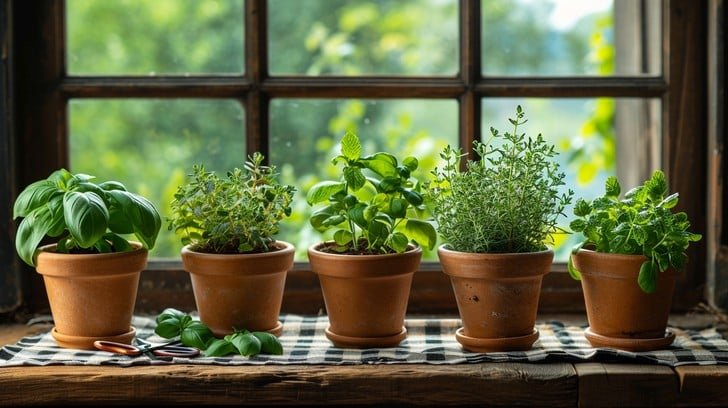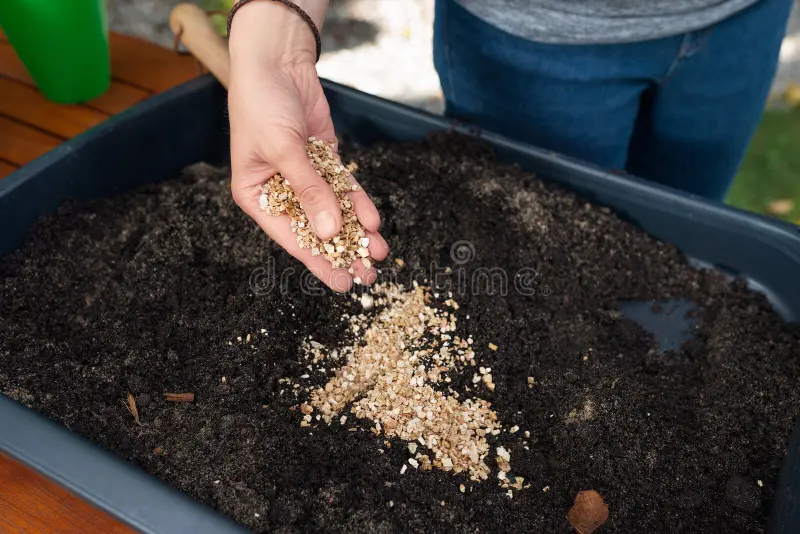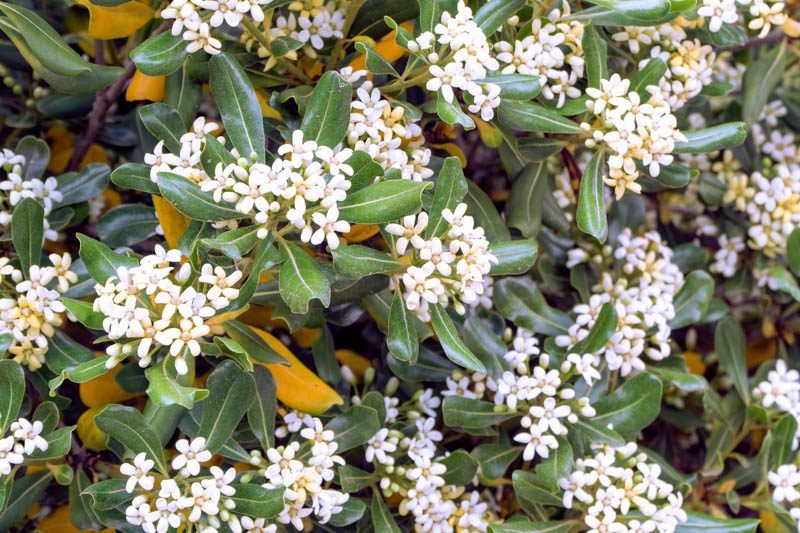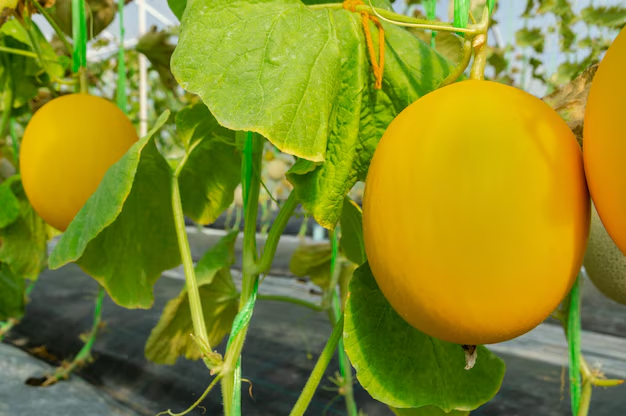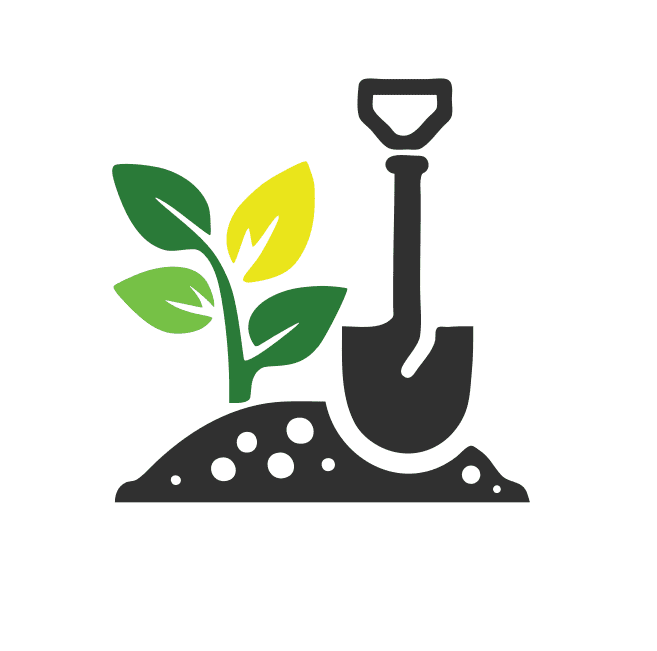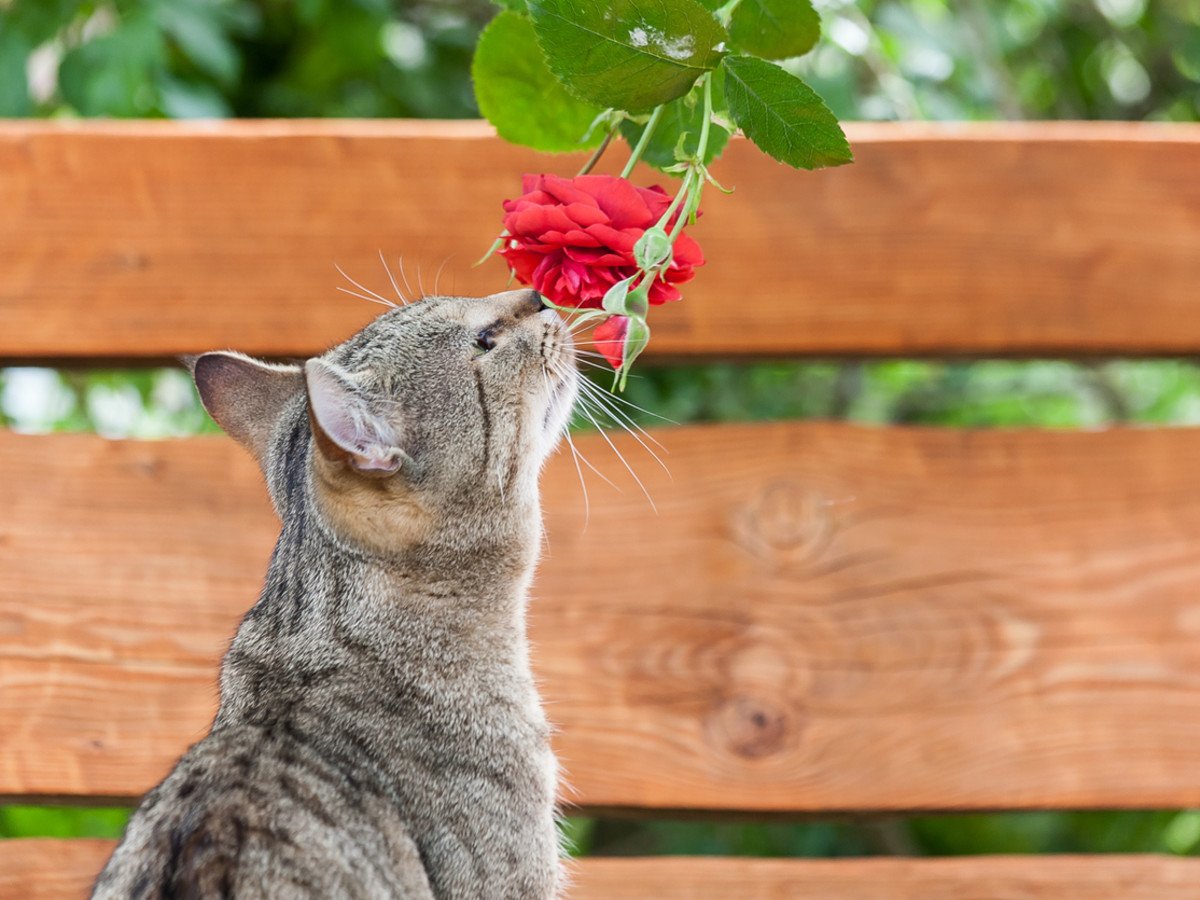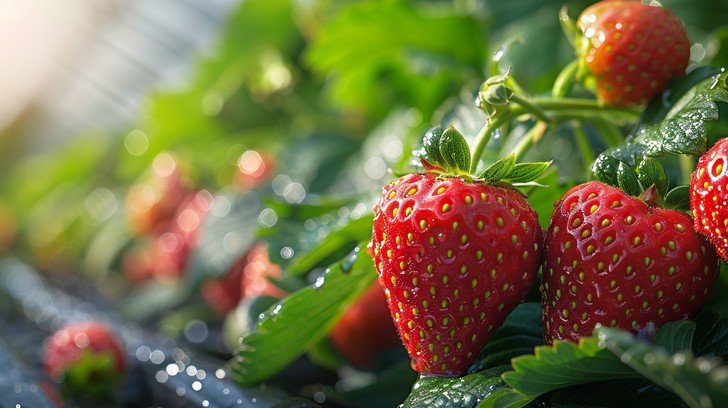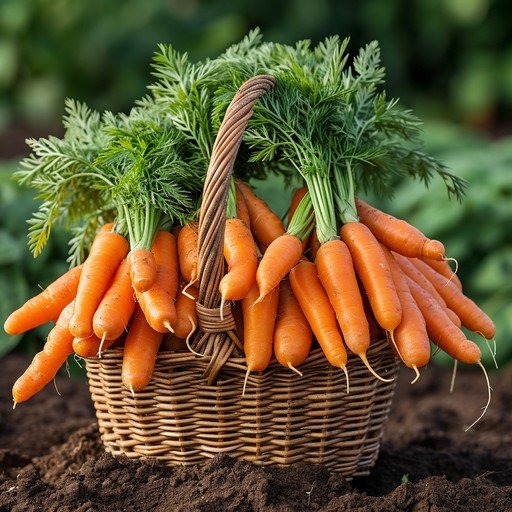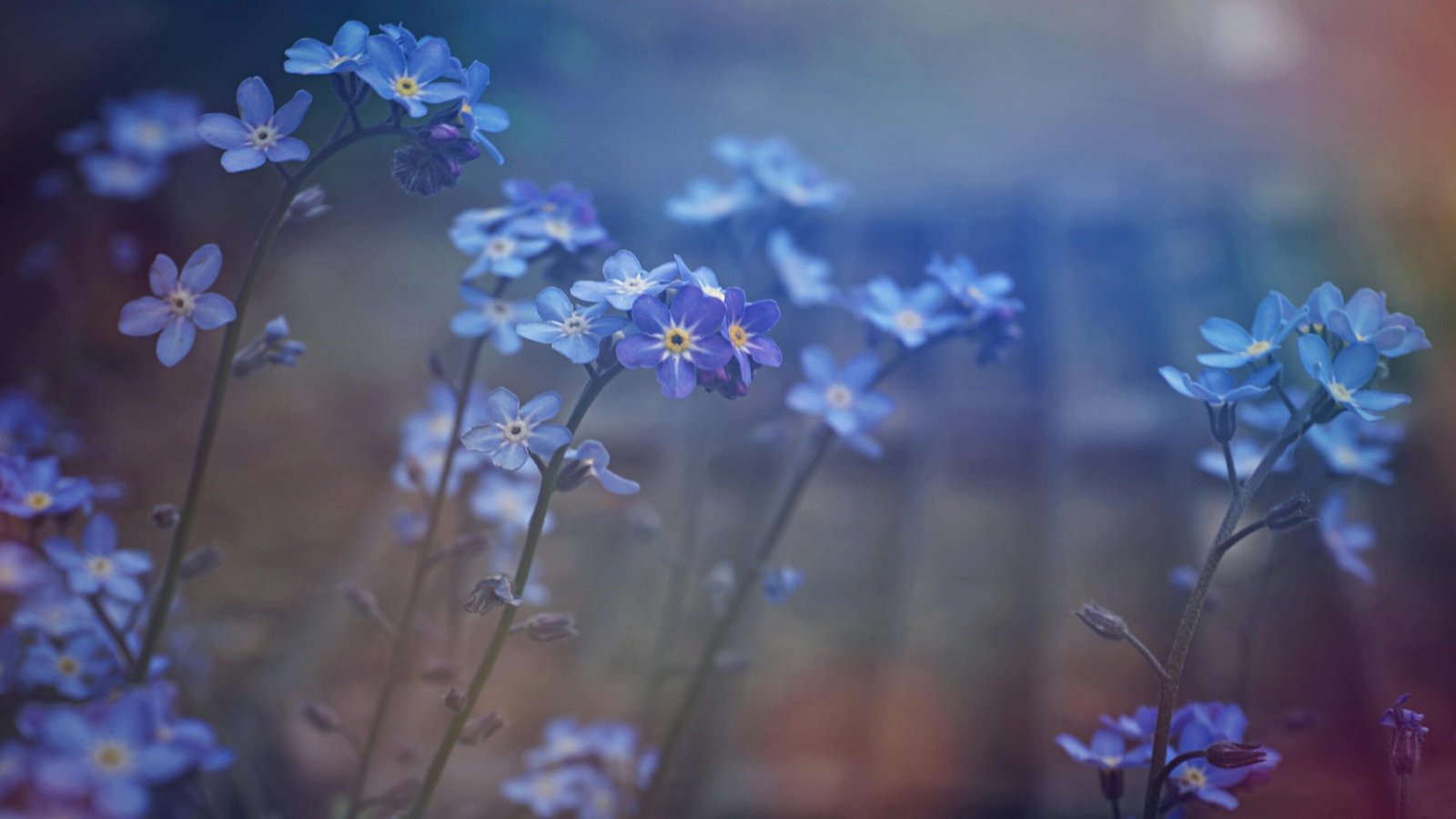Container Gardening 101: A Complete Beginner’s Guide
If you’ve always wanted a garden but lack the yard space, Container Gardening 101 is your gateway to growing fresh plants anywhere. Whether you live in an apartment, a small home, or just want to brighten your patio, this guide will help you grow herbs, vegetables, and flowers in pots with ease.
Container gardening is practical, affordable, and ideal for beginners. You can grow tomatoes in a sunny corner, basil on your kitchen windowsill, or colorful flowers along your balcony railing. With a little planning and care, your small containers can yield big rewards.
Why Choose Container Gardening
Container gardening is perfect for those with limited space or less-than-ideal soil. Unlike traditional gardens, you control everything — from the soil mix to the watering schedule. This makes it easier to prevent weeds, pests, and soil-borne diseases.
If you’re completely new to gardening, check out our beginner guide Gardening for Beginners: Step-by-Step Guide to Your First Garden for more foundational tips before diving into containers.
Choosing the Right Containers
The first step in Container Gardening 101 is selecting the right pots. You can use almost any type of container—plastic, clay, ceramic, or even repurposed buckets—as long as it has drainage holes. Proper drainage is essential because waterlogged soil can suffocate roots and lead to rot.
Larger containers hold more moisture and require less frequent watering, while smaller pots are ideal for herbs or compact flowers. In hot climates, lighter-colored pots help keep roots cool.
For best results, choose containers that suit your plant’s root depth. Tomatoes, for instance, need at least a 5-gallon pot, while herbs like basil or mint can thrive in 8–10-inch containers.
The Best Soil for Container Gardening
Good soil is the foundation of every successful container garden. Regular garden soil is too dense for pots, so opt for a high-quality potting mix. A well-balanced mix allows proper drainage while holding enough moisture for your plants to thrive.
A perfect potting mix should contain:
-
Peat moss or coconut coir for moisture retention
-
Perlite or vermiculite for aeration
-
Organic compost for nutrients
You can create your own by mixing equal parts compost, perlite, and coco coir. To keep nutrients flowing throughout the growing season, feed your plants every 2–4 weeks with a water-soluble fertilizer. For more soil and fertilizer insights, check The Old Farmer’s Almanac’s guide on container gardening.
Best Plants for Containers
When starting with Container Gardening 101, choose plants that match your local sunlight and temperature.
Great vegetables for containers:
Tomatoes, peppers, lettuce, spinach, and radishes all do well in pots.
Herbs that thrive:
Basil, thyme, parsley, chives, and mint are perfect for small containers near your kitchen.
Flowers to brighten your space:
Petunias, marigolds, pansies, and geraniums add color while attracting pollinators.
If you’re growing both herbs and flowers together, consider companion planting. For instance, marigolds can help deter pests from your tomato plants naturally.
Watering and Feeding Your Container Garden
Container plants depend entirely on you for water and nutrients. Because pots dry out faster than ground soil, check the top inch of soil daily. If it feels dry, it’s time to water.
Use a gentle watering can or install a drip system for consistent moisture. Mulching the top of your containers with shredded bark or straw helps reduce water loss.
During active growth, feed your plants regularly. Mix in slow-release fertilizer at planting time or use liquid fertilizer every two weeks. For more care advice, you can visit RHS’s container gardening guide, which offers excellent seasonal feeding schedules.
Sunlight and Temperature Tips
Most vegetables and herbs in containers need 6–8 hours of sunlight daily. If your space gets less, go for leafy greens like spinach or lettuce that tolerate partial shade.
Containers can heat up quickly in direct sun, so consider moving them throughout the day using rolling plant stands. If you notice plants wilting in the afternoon, provide partial shade during peak hours.
Managing Pests and Common Issues
Even small gardens can face pest problems. Aphids, whiteflies, and spider mites are common, but they’re easy to control naturally. Wipe leaves with a damp cloth or use neem oil spray to keep them at bay.
Regular inspection is key—catching pest issues early prevents spread. If ants are invading your pots, learn how to get rid of ants in the garden naturally without using harmful chemicals.
Seasonal Container Gardening Ideas
Container gardening isn’t just for summer. With the right planning, you can enjoy plants year-round.
-
Spring: Grow cool-weather crops like peas, lettuce, and spinach.
-
Summer: Try tomatoes, peppers, basil, and flowers.
-
Fall: Switch to kale, carrots, or pansies for color.
-
Winter: Move delicate pots indoors or protect them with insulating wraps.
Grouping pots close together during cold nights helps retain heat and protect roots from frost.
Creative Container Gardening Ideas
One of the best parts of Container Gardening 101 is creativity. You don’t need fancy pots—use old wooden crates, buckets, or even recycled tins. Add height with plant stands or hang baskets for a layered look.
Combine herbs, vegetables, and flowers in one container for variety and beauty. For instance, parsley pairs beautifully with pansies or chives for both fragrance and function.
Common Mistakes to Avoid
To make your container garden flourish, avoid these beginner pitfalls:
-
Using dense garden soil instead of potting mix
-
Forgetting drainage holes
-
Overcrowding multiple plants in one pot
-
Neglecting to water or fertilize regularly
A little daily care goes a long way in maintaining healthy, productive plants.
Conclusion: Grow More, Anywhere
Container Gardening 101 proves that you don’t need a yard to grow your own food and flowers. With the right pots, soil, and sunlight, anyone can transform a small balcony or patio into a thriving green space.
Start small, experiment with easy plants, and you’ll soon enjoy the simple joy of picking herbs and vegetables from your own container garden.
For expert tips on small-space gardening, explore Gardener’s World beginner container guide to expand your knowledge even further.
